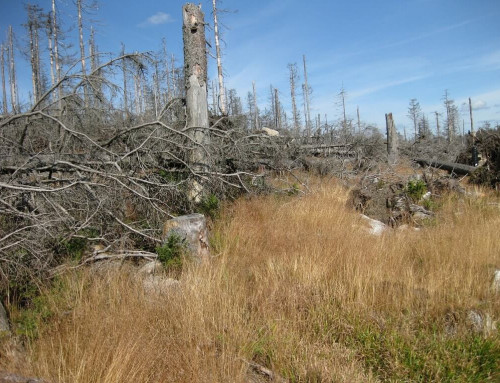
Lytton Industry Harare. Image credit wordpress.com
ZIMSEC O Level Geography Notes:Types of industry: Other ways of classifying industries
- Industries can also be classified as heavy and light industries depending on the bulk and weight of the raw materials being used.
- The weight and size of the end products is also considered in this classification.
Heavy industries
- These include the metallurgical industries such as iron and steel at ZISCO, Redcliff, basic metals at ZIMALLOYS, Gweru, ZIMCAST, Gweru Lancashire steel, Kwekwe, ZIMASCO in Kwekwe.
- Others are mechanical industries such as heavy engineering, electrical industries such as heavy engineering, electrical goods, railway stock, shipbuilding and car assembly.
- They are dirty due to the nature of the job.
Light industries
- Examples are foodstuffs, drinks, textiles, footwear and tobacco.
- These can be referred to as footloose industries because they can locate anywhere.
Large-scale and small-scale industries
- Another traditional classification of industries is on the basis of large scale and small-scale industries.
- Large-scale industries occupy a lot of space as compared to small-scale industries.
- An example is a car assembly industry which requires a lot of space for building the assembly industry lines, offices, for storage of kits and other spares, for test driving vehicles from the assembly lines and for paring finished vehicles awaiting delivery to markets.
- On the other hand, an industry like a bakery uses very little space and is therefore, a small-scale industry.
Formal and informal
- Industries can also be categorized as formal or informal.
- Formal industries are those operating in factories in well defined industrial zones.
- However, even some informal industries may be undertaken in similar environments though the majority are the so-called backyard industries cropping up in residential areas in the urban settlements of Zimbabwe or carried out in the open.
- Examples include backyard car repair and pray painting, wire making, door and window frame manufacture, shoe repair, furniture, making, carving and crotchetry industries among others.
- There are no hard and fast rules of classifying industries.
- Everything depends on one’s aims and objectives in undertaking the exercise.
To access more topics go to the O Level Geography Notes page



